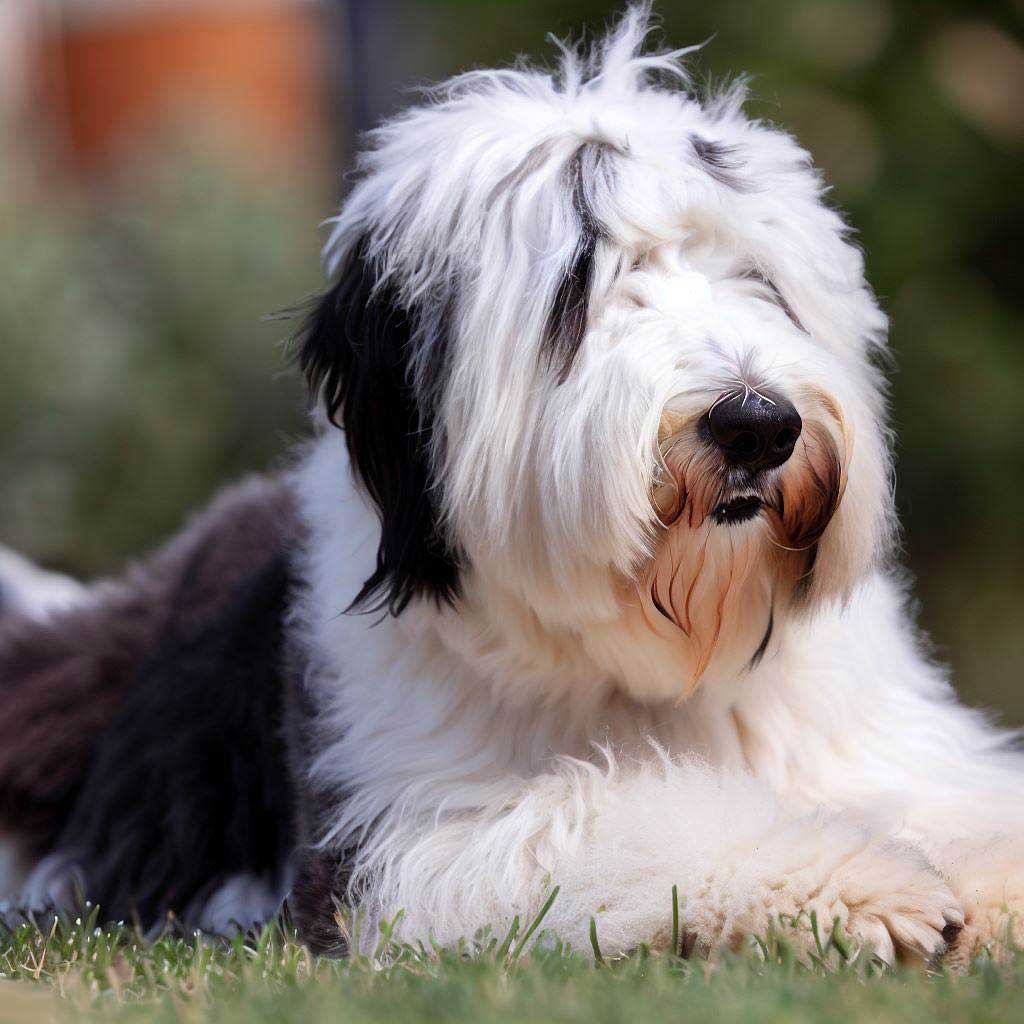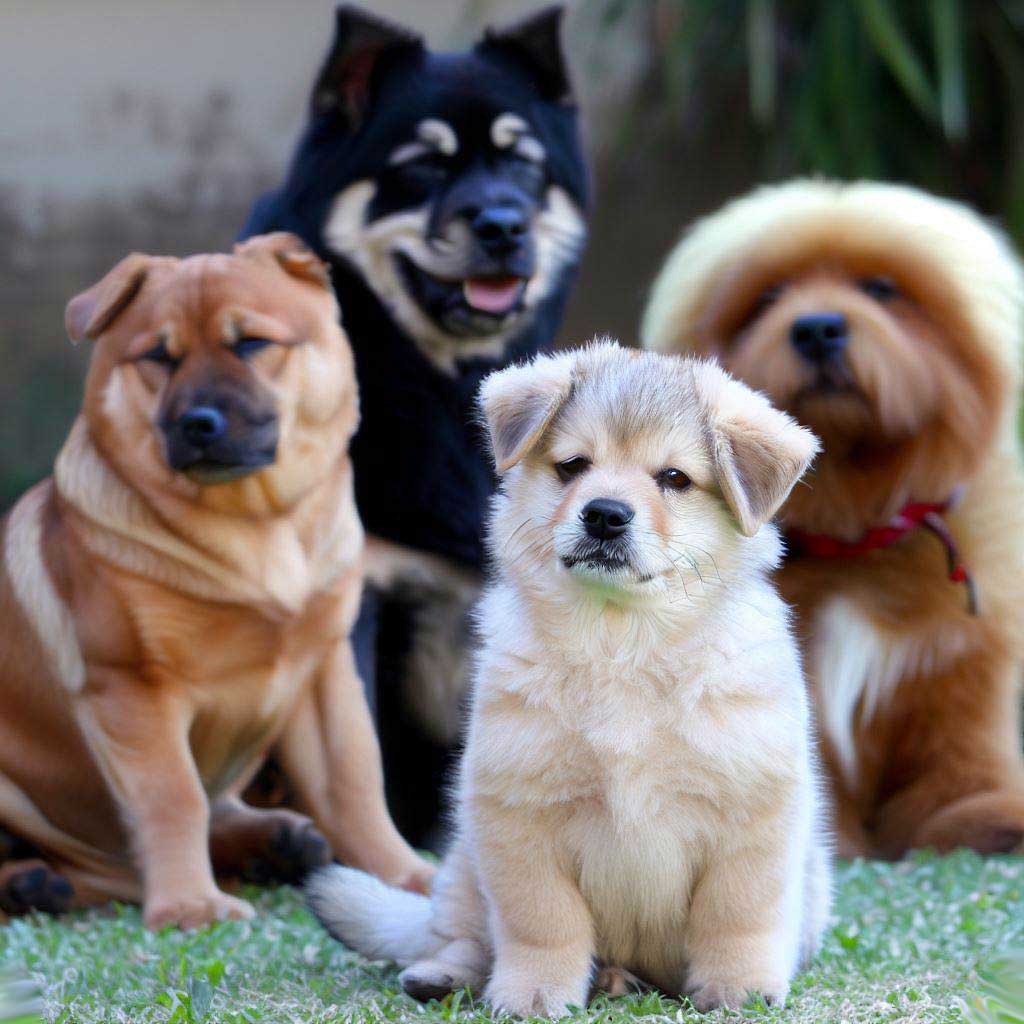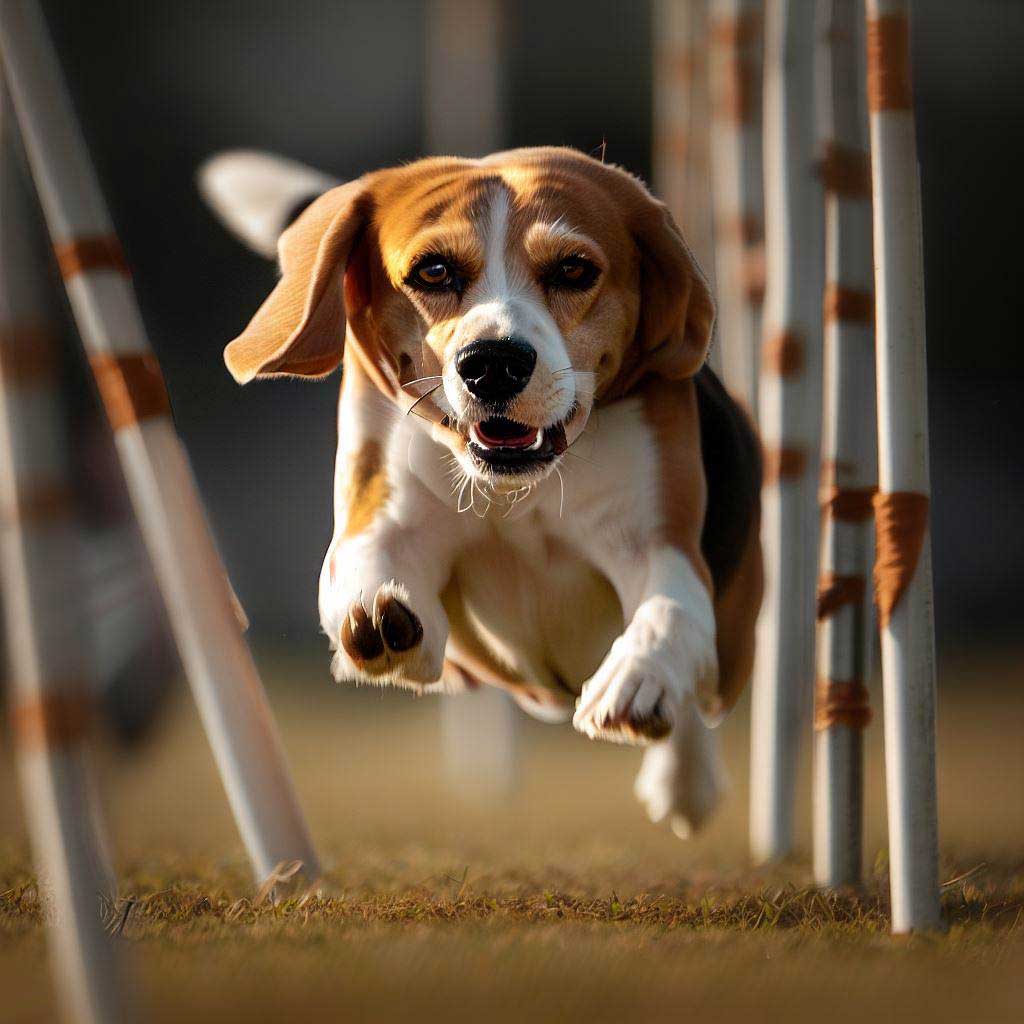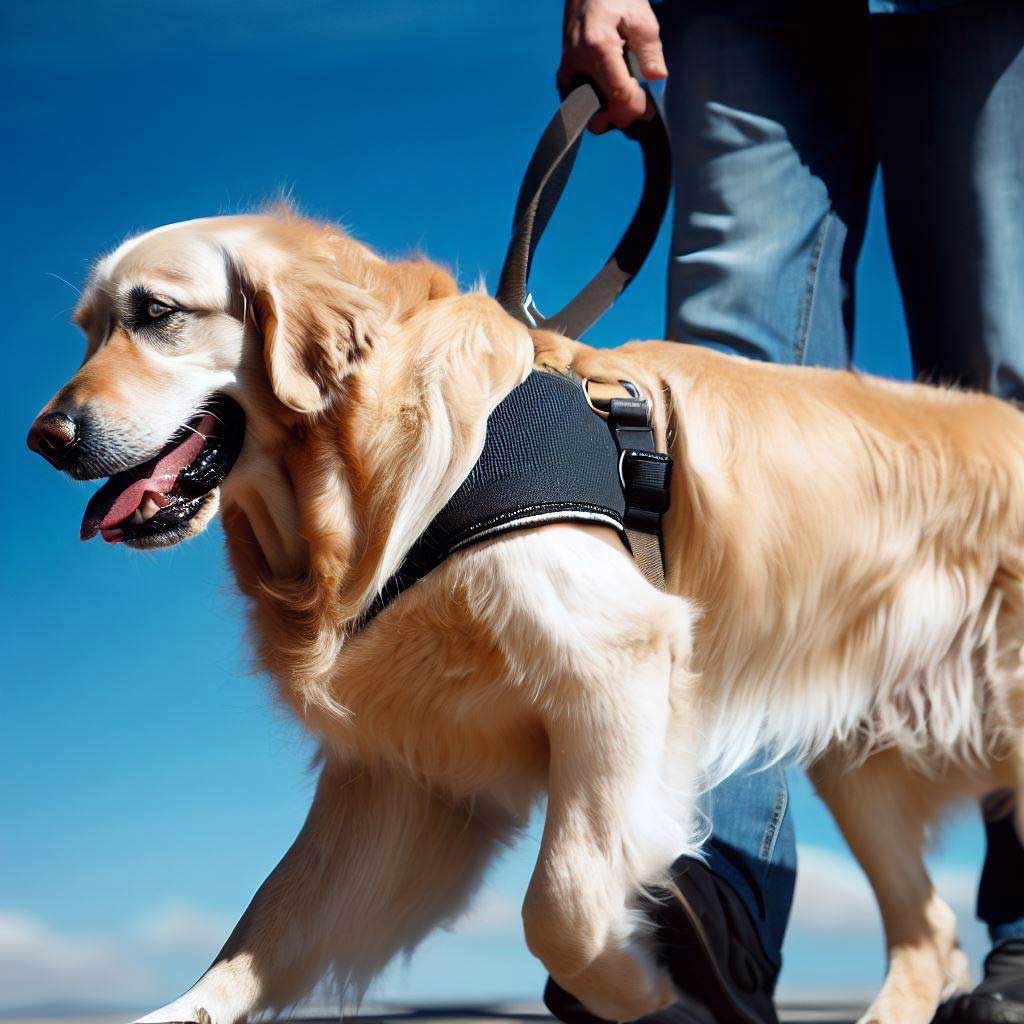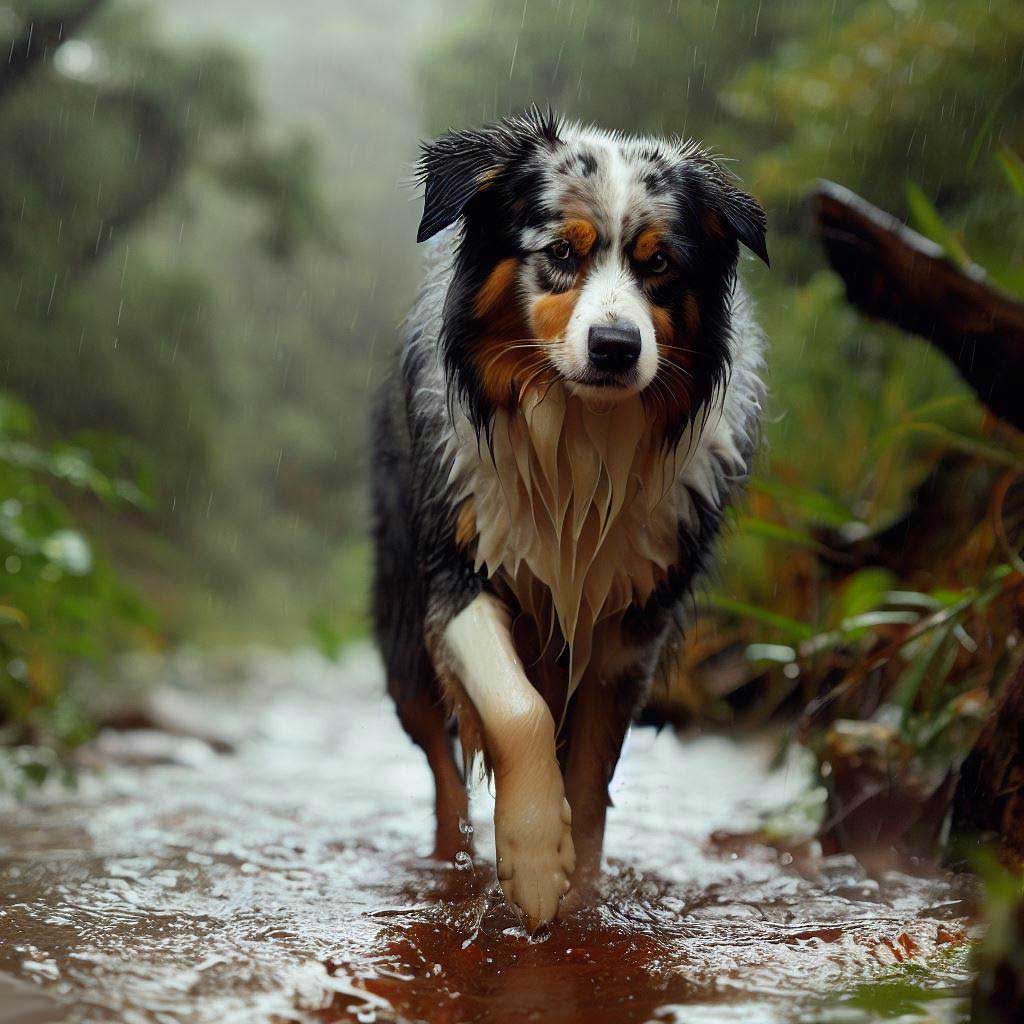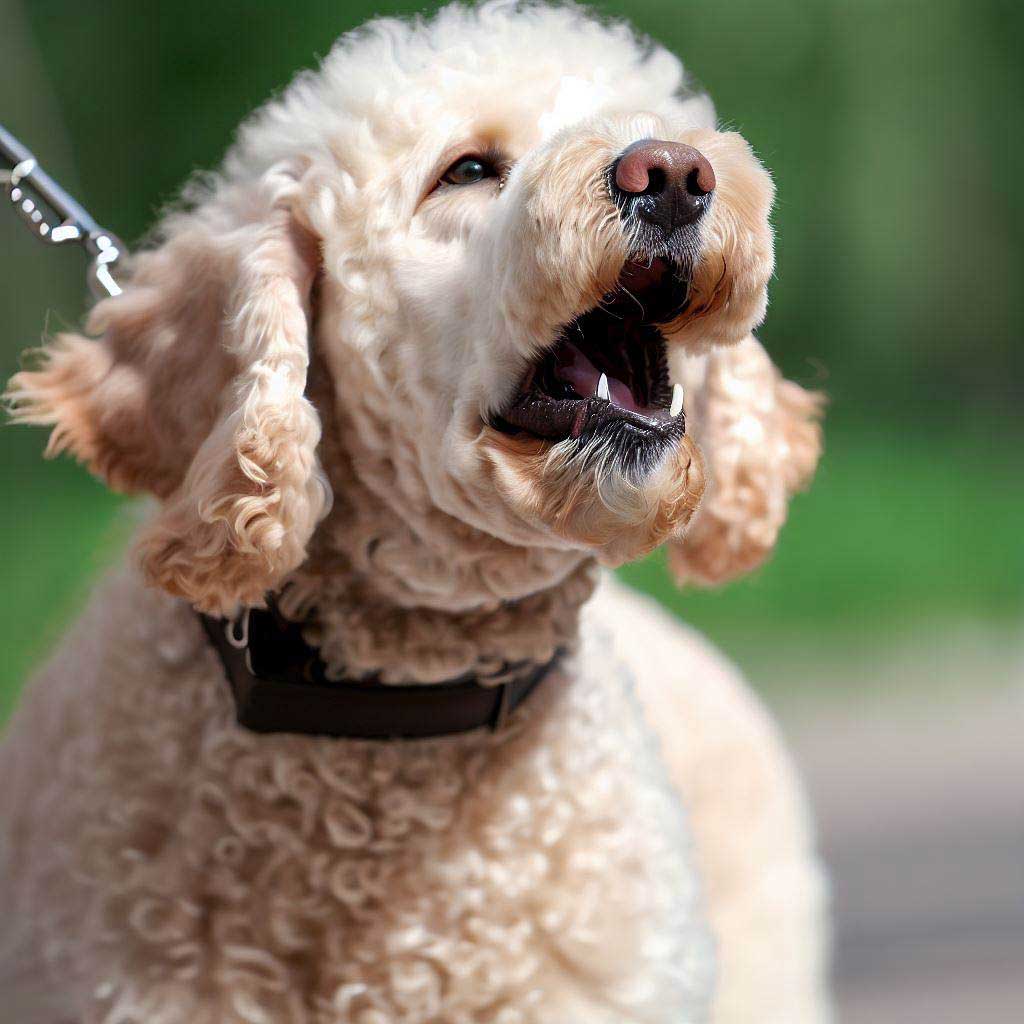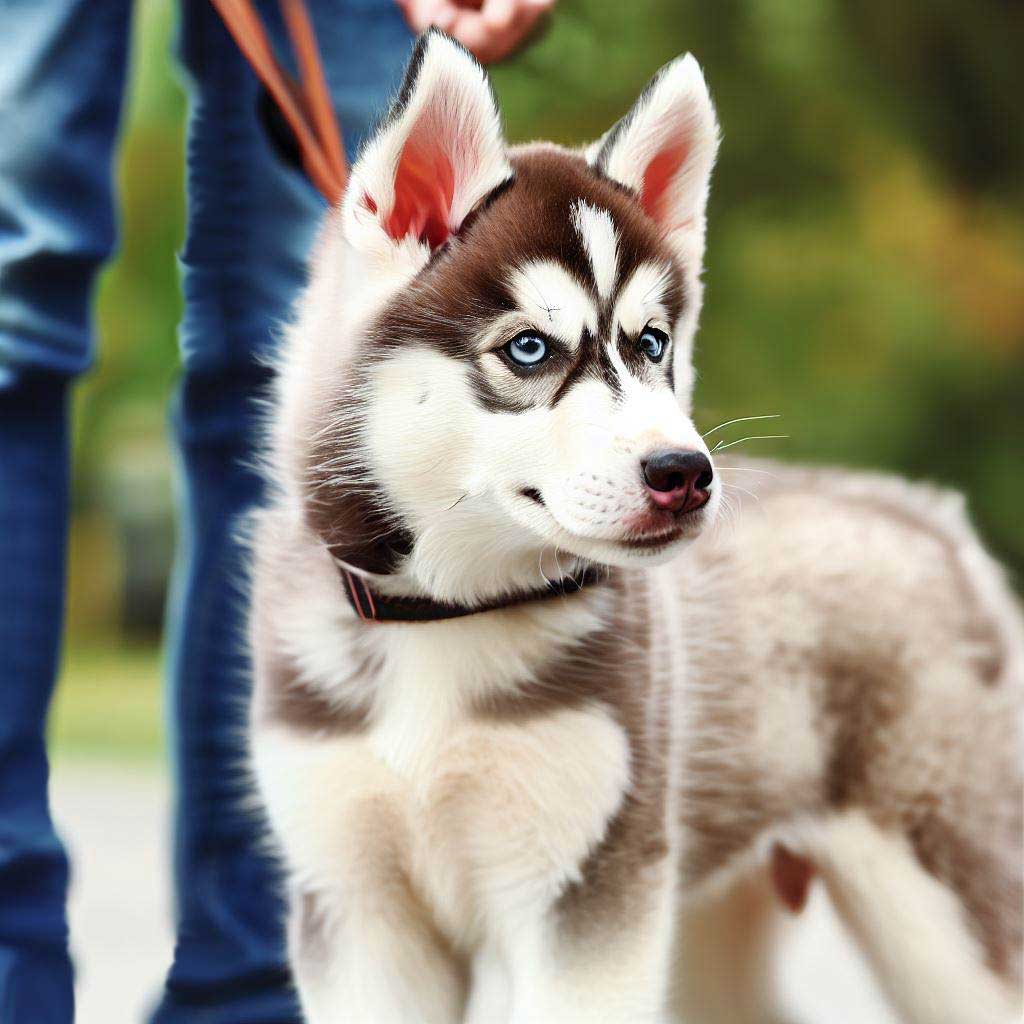How do I show my dog I am the Alpha? Explore revealing top insights and myths debunked, offering the blueprint to effective dog leadership.
Table of Contents
Understanding Canine Behavior: Historical Perspectives vs. Modern Insights
Let’s embark on a journey through time. Did you know that early dog trainers were heavily influenced by the “alpha wolf” theory? A theory which suggested that wolves in a pack have a rigid hierarchy with an alpha at the top? This concept migrated its way into early dog training philosophies. Imagine this: trainers thought being the alpha was the key to a well-behaved dog.
However, the tides have turned.
Recent research paints a different picture. Our domesticated companions, it turns out, don’t mirror wild wolf dynamics. In fact, dog behavior and pack dynamics are distinct, complex, and nuanced. They operate on bonds, affiliations, and social learning, rather than mere dominance.
The Myth of Dominance: Why Being an Alpha Isn’t What You Think
“Dominance” and “alpha” – words that buzz around the dog training world like bees. But are they buzzing the right tune? Many believe that asserting dominance means taking the alpha role. The image: a strict, no-nonsense leader with a submissive pooch. But wait, let’s debunk that!
The concept of “alpha” is draped in misconceptions. Many of these old beliefs stem from misunderstood wolf behavior. Think about leadership. True leadership is about guidance and understanding. Dominance? That’s about power and control. The difference is monumental. You don’t need to dominate to lead.
Building Trust and Mutual Respect:
Want the secret ingredient to a happy dog relationship? It’s trust. When we bond with our dogs, it’s akin to planting a seed. Nurture it, and it will flourish. Neglect it? Well, you know the answer.
To create that bond, you must first establish a foundation of mutual respect. This isn’t about being an “alpha”. It’s about understanding. Dogs, like us, need to feel safe, respected, and valued. Interact with them, play with them, learn their quirks. Treat them with kindness, patience, and consistency.
There you have it. A trusting relationship isn’t built in a day, but with time, you and your dog will be on the same page.
Setting Boundaries with Consistency:
Boundaries are crucial. Imagine driving on a road without lane markings. Chaotic, right? Dogs, much like us, need those markers. However, setting boundaries isn’t about being restrictive; it’s about providing a roadmap.
Now, consistency is your trusty compass. A rule today should be a rule tomorrow. If jumping on the couch is a no-go today, it should remain so. Remember, every time you waiver, you confuse your furry friend.
Practical tips for the win:
- Use commands like “sit,” “stay,” and “no.”
- Reinforce boundaries with positive rewards.
- Remember, patience is your ally.
- Training sessions? Short, engaging, and regular.
- Stay calm, and be the guiding light your dog seeks.
Embracing the journey of training your dog, regardless of its age, is a testament to the deep bond you wish to forge with your furry friend. It’s vital to acknowledge that this endeavor demands effort and an ocean of patience. Whether you’re guiding a curious puppy, an energetic adolescent, a set-in-their-ways adult, or a wise senior dog, repetition and persistence are your steadfast allies. Intersperse this with dollops of love, and you’re on the path to creating a harmonious relationship with your canine companion.
However, if ever the waves of frustration loom large or you find yourself at a crossroads, remember you’re not alone. There’s a plethora of resources out there, and one of the most accessible and cost-effective solutions are online dog training courses. If you’re in search of recommendations, don’t miss out on reading “Best Online Dog Training Courses: Any Dog Will Love” which delves into the top 15 online courses, cherry-picking the best 3 to aid you in training your dog at your own rhythm.

Positive Reinforcement vs. Punishment: Effective Training Techniques
Ever wondered why your neighbor’s dog seems so well-behaved? It’s not about magic tricks. It’s about science and, more importantly, understanding the psyche of the canine mind. Dive into the world of positive reinforcement and you’ll unravel the secrets of its effectiveness.
Firstly, positive reinforcement works wonders. Rewarding good behavior means that behavior is more likely to recur. Imagine getting a treat every time you made your bed; wouldn’t you want to keep doing it? Conversely, punishment-based methods can foster fear and aggression.
Real-world training insights:
- Police dogs? Trained using positive reinforcement, making them eager to perform tasks.
- Military canines? Rewards, not punishment, keep them on point during critical missions.
- As for households? Families everywhere find that rewarding Fido for good behavior fosters a deeper bond and trust.
Body Language and Non-verbal Cues: Speaking Your Dog’s Language
Did you know your dog speaks? Not with words, but with body language. It’s a silent symphony of cues and messages. The trick is to tune in.
Observing your dog’s posture, tail movement, and eye contact can reveal volumes. A wagging tail might mean joy, but a stiff posture? Caution. Equally, your body language communicates to your dog. Standing tall and confident can show leadership, whereas cowering might be seen as submission.
Unlocking the non-verbal dialogue:
- Watch the tail: A high tail indicates alertness; a low one can mean fear.
- Eyes tell tales: Avoiding eye contact? Your dog might be anxious.
- Your stance matters: Stay calm and assertive, not aggressive.
Meeting Basic Needs: Exercise, Discipline, and Affection
Picture this: a day without food, exercise, or social interaction. Sounds dismal, right? Dogs feel the same. Meeting their basic needs isn’t just essential; it’s foundational for their well-being.
Exercise isn’t a mere frolic in the park; it’s a requirement. A well-exercised dog isn’t just healthier but is also more amiable and disciplined. And speaking of discipline, it doesn’t mean punishment; it’s about structured guidance. Let’s not forget affection, the universal language of love and bonding.
Fundamentals for your furry friend:
- Routine walks and playtimes.
- Setting clear rules and boundaries.
- Daily doses of cuddles, praise, and love.
Busting Common Alpha Myths: Food Control, Bed Positions, and Door Etiquette
We’ve all heard it. “Eat before your dog to show dominance.” Or, “Don’t let Fido sleep on the bed.” But how much of this is fact versus fiction?
While the concept of ‘alpha’ has been widely discussed, many myths attached to it are just that—myths. The food order doesn’t establish hierarchy. What’s crucial is that feeding routines are consistent. As for bed positions? It’s more about personal boundaries than dominance.
Debunking the myths:
- Eating first? It’s about routine, not dominance.
- Bed privileges? It’s about personal space and boundaries.
- Door manners: Teaching patience, not asserting control.
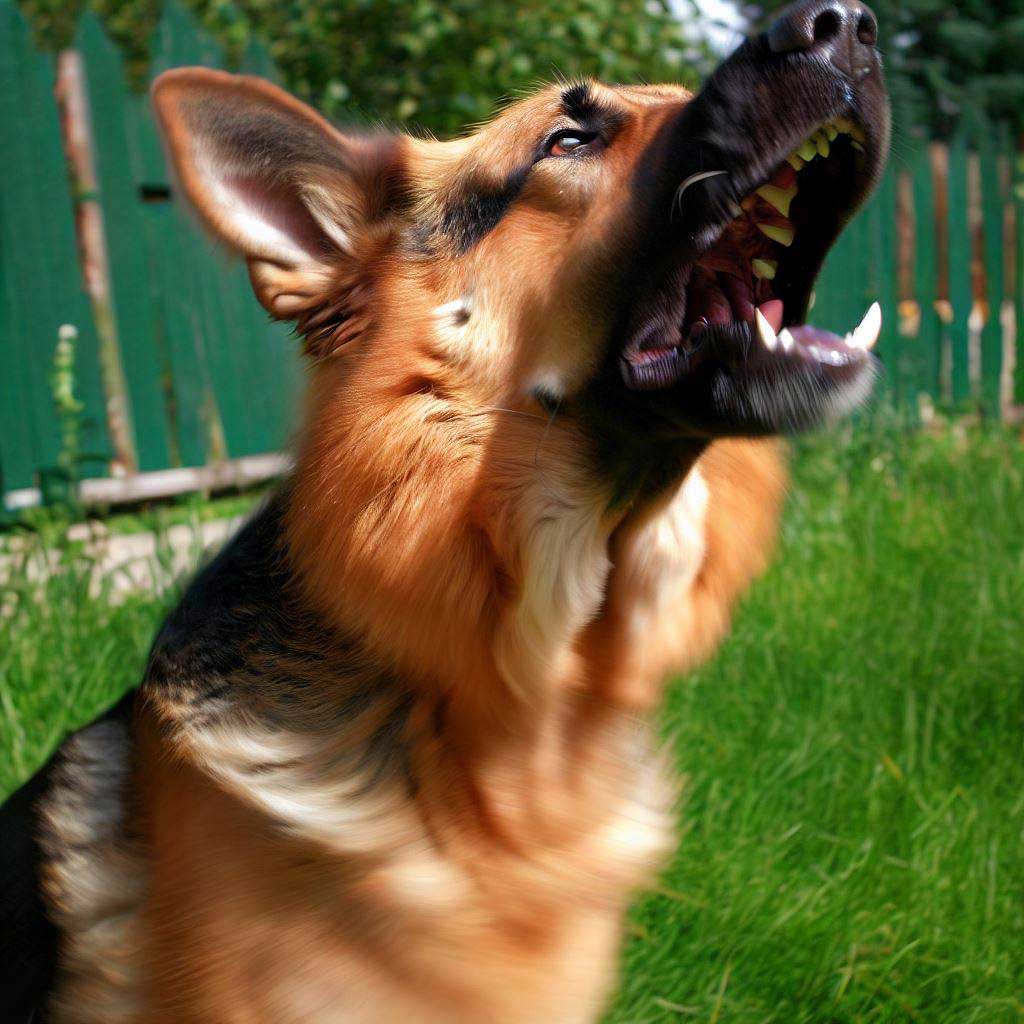
Ongoing Training and Socialization
Training a dog isn’t a one-time event. Surprised? Think of it this way: we never really stop learning throughout our lives, and the same goes for our canine friends. But why is ongoing training so essential?
For starters, continuous training keeps your dog mentally stimulated and sharp. It’s like regular gym sessions for their brain, keeping them engaged and out of mischief. Moreover, training fosters a bond between you and your dog, strengthening mutual respect. It also ensures any unwanted behaviors are kept in check.
Now, socialization. Ever seen a dog quiver at the sight of another or get a little too enthusiastic around guests? Socialization helps balance that out. It’s more than just playdates; it’s exposing them to different environments, sounds, and experiences. And here’s the perk: integrating socialization into your leadership strategy makes your dog more well-rounded, adaptable, and confident.
Benefits abound:
- Mental stimulation and problem-solving.
- Reinforces good behavior.
- Strengthens bonds and trust.
- Boosts adaptability and resilience.
Conclusion: Embracing Calm, Assertive Leadership
The journey through understanding your dog’s world is winding and ever-evolving. Yet, one fact remains paramount: leadership isn’t about dominance; it’s about understanding, good training and calm assertiveness.
You’ve probably seen it. Dogs, in all their wisdom, can sense our energy and emotions. Ever noticed how a nervous owner might have an equally anxious dog? It’s not a coincidence. By being calm and assertive, you create a balanced environment for your dog. It tells them, “I got this.” And trust us, they appreciate it.
But remember, mutual respect is the bedrock of any relationship. Your dog isn’t just a pet; they’re a partner, a friend, a confidant. Treat them with the kindness, patience, and understanding they deserve.
In this age of information, new research is always at your fingertips. Dive into the latest in dog behavior research and training. Expand your horizons and in doing so, you’ll find your relationship with your furry friend deepening, and even becoming more rewarding. To find out more, a great resource for the best training methods have a read of our article “Best Dog Training Methods: Unlocking the Secrets“.
Final reflections:
- Mutual respect is the keystone.
- Stay calm, composed, and consistent.
- Seek knowledge. The world of dog behavior is vast and endlessly fascinating.


